So you go in for your 36 week check-up and you agree to a cervical exam. What should your cervix be? Honestly, we hope it’s closed. Thirty-six weeks is still a bit early for baby to be born (it would be considered late-preterm) but if it’s open a bit what does that mean, and will you be having your baby soon? Let’s find out!
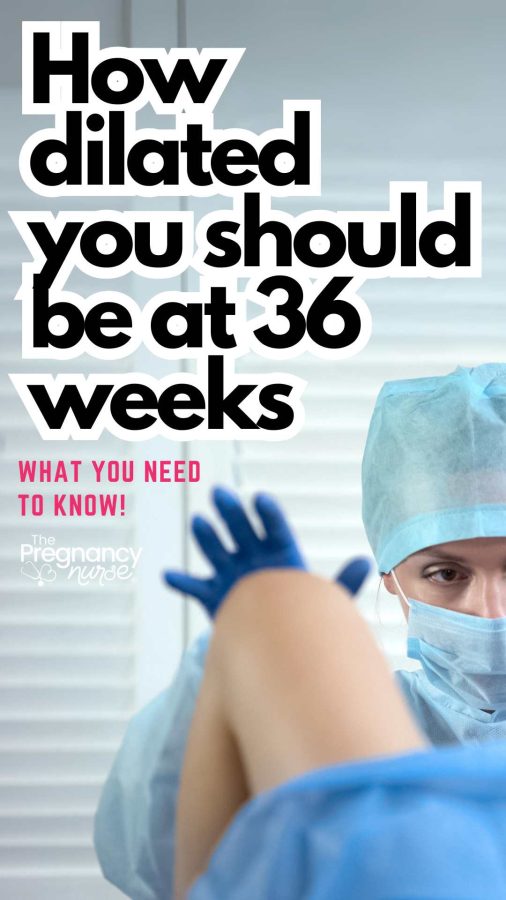
While we’re here — you’re right in the middle of your 3rd trimester right now — be sure to grab my checklists:
I want to share three truths of cervical dilation with you (we’ll go into more detail on each of these):
- Your cervical dilation right now means nothing about what it might be in a day or a week.
- Cervical exams vary.
- If you don’t care, there’s no reason to find out.
Related: Signs of Dilation
Your cervical dilation right now means nothing about what it might be in a day or a week.
What this one means is:
Just because your cervix is closed thick and high right now, doesn’t mean that with some quality contractions it couldn’t drastically change in an hour.
Meaning dilation isn’t the key, quality labor is the key — and you often know if that’s happening (because it hurts)
Just because they say your cervix is 2 or even 3 or 4 centimeters open right now doesn’t mean that it can’t stay that way for a while. I walked around at 4 cm for WEEKS. I wasn’t in labor, and baby was staying put, so it was just how it was. Again, I didn’t have those quality contractions to get them further.
Also cervical exams aren’t just dilation (although they seem to get “top billing”). It’s also about how thick/thin it is, cervical position in your birth canal and how high/low baby is in your pelvis so if you’re wondering what your doctor or midwife thinks about your exam, ask them! They should be able to teach what they learned from it.
I have a whole post on what the numbers on the exam mean that goes into more detail for you!
Should everyone’s doctor explain all this? Yes.
But do they have time to do that PLUS answer all your questions and things they need to do on a visit — not always. Come join me in here to learn the basics so you can get your specific questions answered at your appointment!
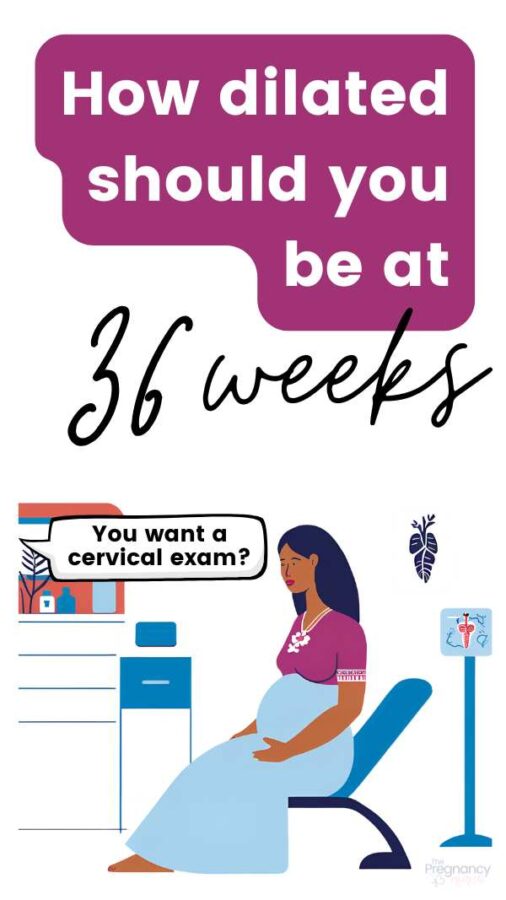
Cervical exams vary.
People seem to get really mad when cervical exams vary a bit from provider to provider.
A smart one will ask what your cervix was at your last exam and base this exam off of that, but if it varies by a centimeter or so (or a bit of a percentage of effacement) don’t freak out. It’s an art, not always a science and thankfully we are NOT taking a ruler in there. #ouch.
And while we’re here — grab my postpartum checklist for stuff you’ll need after baby:
If you don’t care, there’s no reason to find out.
So, with all of this — you’re maybe wondering, why do I care?
Well, first off – a lot of people are curious as to if the pains they are experiencing are early labor and wonder what they’re doing to their cervix. And that’s OK. Your provider should be happy to check your cervix and let you know. At 36 weeks we’re not as concerned that it will put you into labor and a gentle exam has very few other risks.
I have a whole post on when we start cervical checks and if you need them.
FYI: Your provider should NOT strip your membranes this early. Most often they should wait until 39 weeks for that.
But if you’re realizing that the information you’re going to get isn’t worth the effort of taking your pants off, or having the exam (which some people find quite painful) then say you’re not interested in it.
Many providers offer an exam at this point, but you can totally refuse it, just like you can any other thing. But in this case you really aren’t going to get much information out of it.
Remember, anything you’re considering:
- What are the risks? (usually pain, irritation, and a very small chance of infection)
- What are the benefits? (or what will we learn from it in this case)
- What are the alternatives? (usually to wait in this case)
The one negative is that a lot of time people get their hopes up thinking they’ll have the baby soon once they find out they’re dilated. Often, providers make silly remarks like “I bet it won’t be long”.
Providers want to see you be done being pregnant almost as much as you do, so they make statements like this, but it isn’t always backed-up by reality. They sometimes just like saying stuff that makes you feel better….
SO, whatever your exam is, remember that’s what it is TODAY and it doesn’t mean it couldn’t stay that same exam for a while, or with some good contractions (or if they induce labor) it can very easily change soon.
Remember, active labor is when your cervix is actively changing (aka, we notice difference between when we check once and then check an hour later) and you’re having contractions that push baby out of the uterus into the birth canal (your vagina) going closer towards delivery. This opens and thins your cervix Most often this happens 40 weeks after you ovulated your egg (which is how they decide on your due date).
If you’re looking for other signs of going into labor like losing your mucus plug check out my post on the signs of labor and grab my checklist below.
I think mostly what we learn from exams is that labor is a bit complicated and confusing without a little information behind it. Often your provider doesn’t have the time to explain all of that (and answer all your questions) — so taking a good prenatal class will put you miles ahead. The Online Prenatal Class for Couples is the easy way to get prepared! Come join me so I can explain all of this, plus more about labor, birth and your postpartum life!

And, if you’re not quite sure you’re ready for that whole thing, check out my free lesson. It’s your first step toward getting in the driver’s seat of your birth.


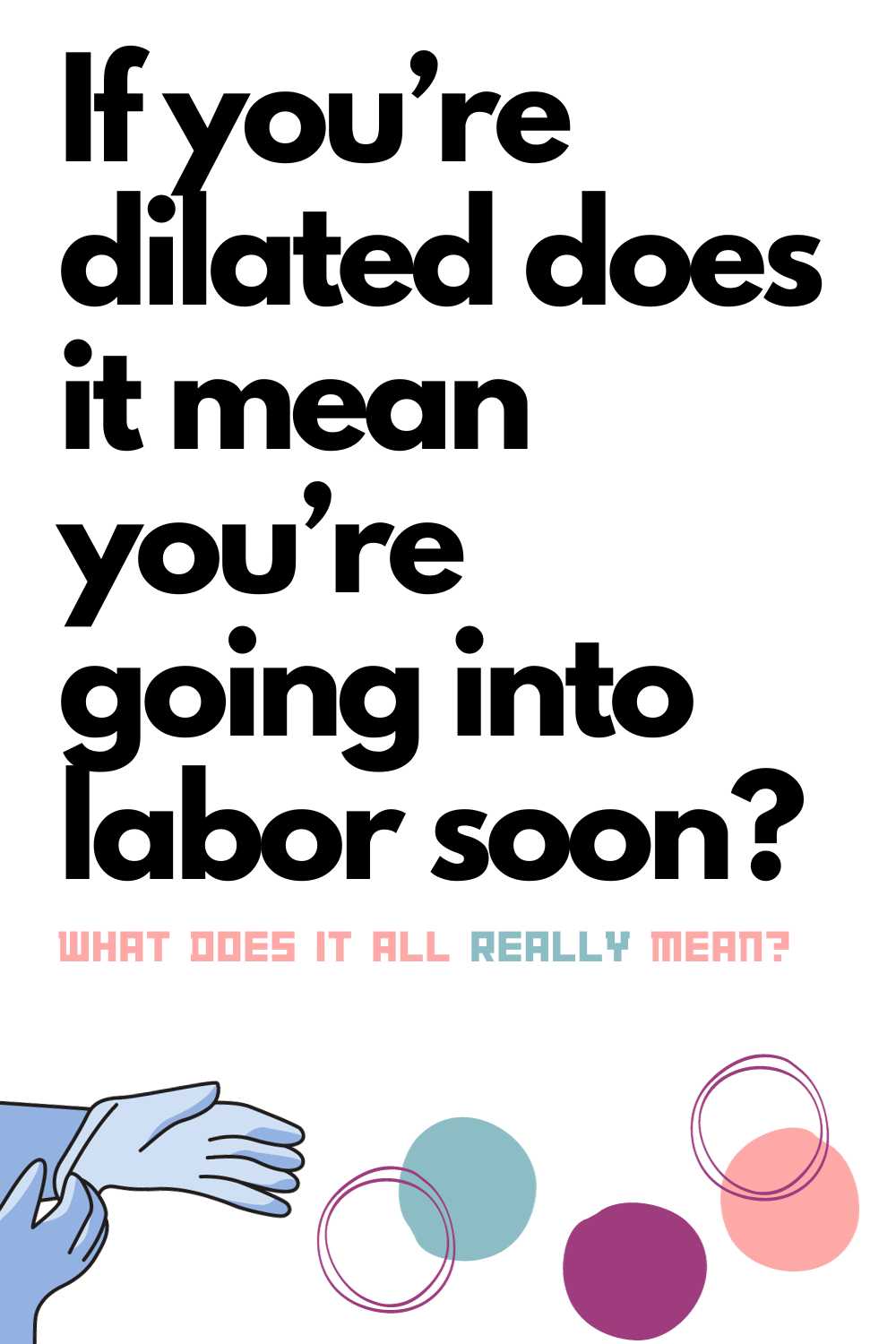
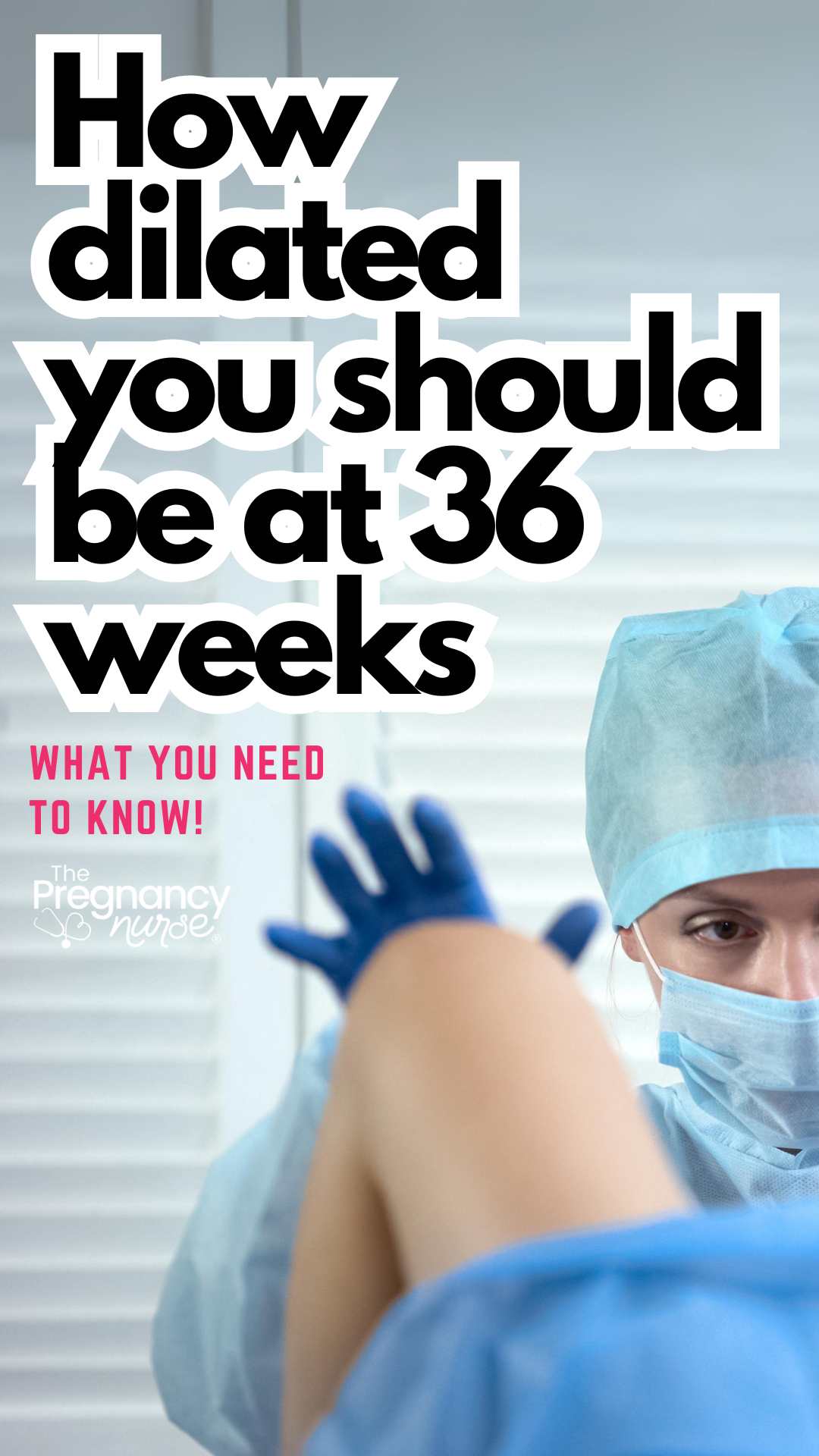
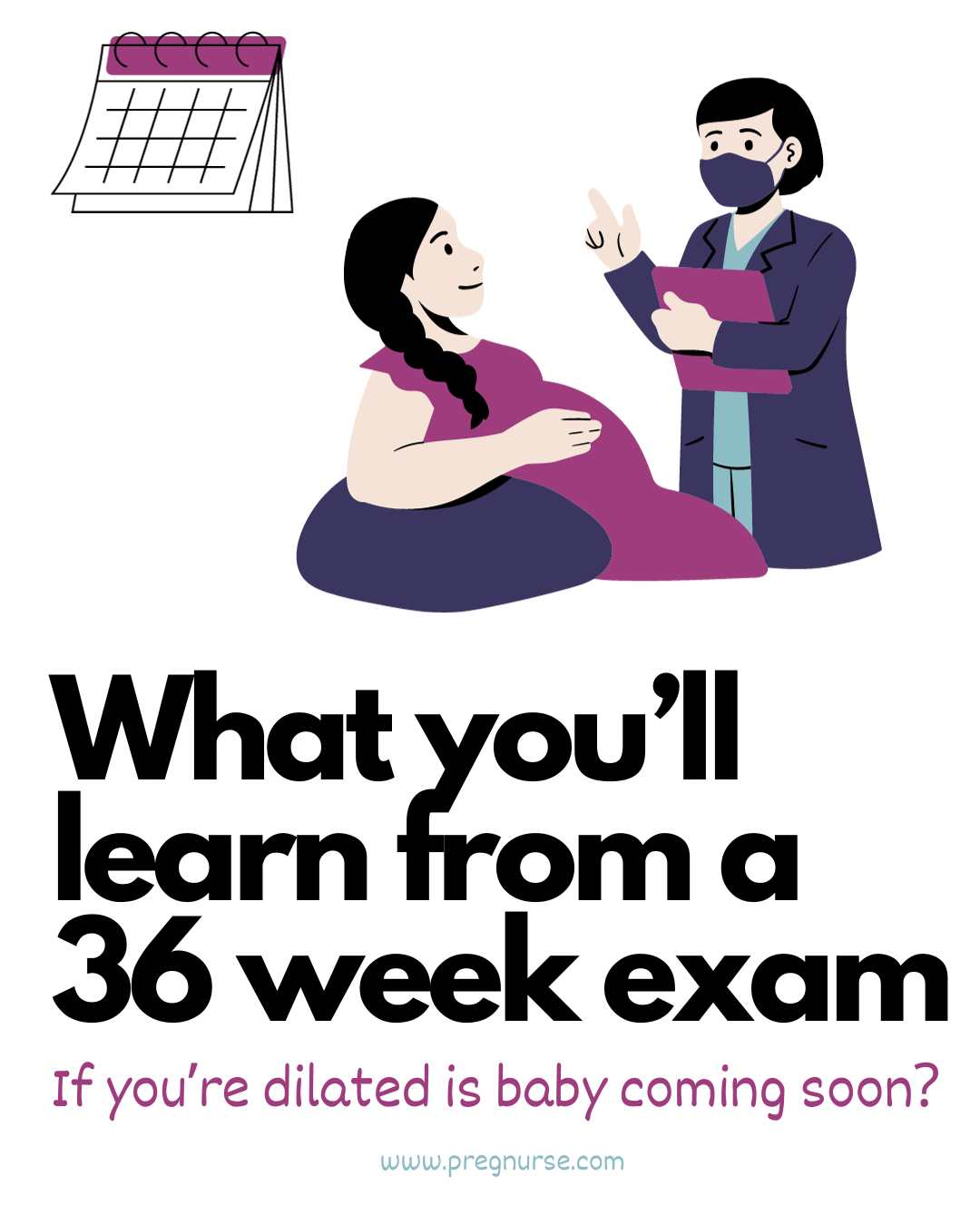





 What to do if You’re Miserable At the End of Your Pregnancy
What to do if You’re Miserable At the End of Your Pregnancy
